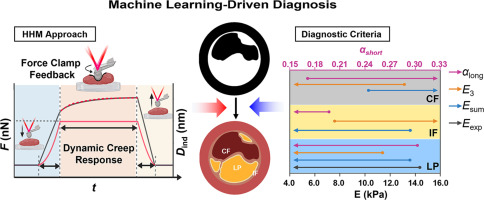
Guideline Expansion in Medicine: A Worrying Trend
Defining Guideline Expansion
Within the landscape of contemporary medicine, a subtle occurrence referred to as “guideline expansion” is becoming more and more widespread. This concept denotes the slow augmentation of medical guidelines that were initially designed for a particular high-risk demographic, yet gradually encompass nearly all individuals. What starts as an effective therapy for a specific group gradually evolves into a universal guideline, which might lead to unwarranted medical procedures and excessive treatment.
Mechanisms of Guideline Expansion
The process is quite simple:
- A major clinical trial showcases the efficacy of a treatment in a high-risk cohort.
- The results are celebrated with noteworthy relative risk reductions.
- Guideline committees, at times influenced by pharmaceutical motivations, extend the implications of the findings.
- Ultimately, what was previously discretionary transforms into a standard recommendation, where failure to comply may be perceived as negligence.
For some, guideline expansion could be viewed as medicine’s equivalent of “mission creep,” where the broadening of scope occurs quietly and progressively.
Example: Atrial Fibrillation
Initially, research concerning warfarin for atrial fibrillation (AF) was concentrated on elderly patients who had suffered strokes or possessed multiple risk factors. The absolute risk reduction (ARR) was significant, with a 4 to 6 percent fall in strokes per year and a number needed to treat (NNT) of around 20. Fast forward three decades, and the scenario has changed drastically. The marketing of direct oral anticoagulants (DOACs) and directives like the CHA₂DS₂-VASc scoring system has resulted in a guideline suggesting that nearly all AF patients, even those as low-risk as a 65-year-old with well-regulated hypertension, should start anticoagulant therapy. In these lower-risk cases, the ARR is closer to 0.5 percent annually, with an NNT surpassing 200.
Statins: Broader Reach Beyond High-Risk Groups
The 1994 Scandinavian Simvastatin Survival Study (4S) demonstrated that statins could reduce mortality in men with a history of myocardial infarctions and elevated LDL cholesterol levels. The ARR over five years was 4 to 5 percent. However, current guidelines have evolved to the point that even a healthy woman with slightly elevated cholesterol and a 10-year atherosclerotic cardiovascular disease (ASCVD) risk of 5 percent could be encouraged to begin lifelong statin therapy. In this situation, the ARR is less than 1 percent over ten years, yet it is still considered a standard care practice.
Guideline Expansion in Other Conditions
The pattern is comparable in the management of hypertension and diabetes. Dropping the hypertension threshold to 130/80 mmHg overnight categorized millions as “patients” requiring treatment. Likewise, labeling individuals as “prediabetic” converts those once deemed healthy into patients needing observation and medication. Such changes lead to increased prescriptions, heightened monitoring, and greater anxiety.
Identifying the Motivations
- Relative risk presentation can mask the minimal actual benefits.
- Pharmaceutical funding may bias guidelines towards commercially advantageous outcomes.
- Defensive medicine drives physicians to strictly follow changing guidelines to mitigate litigation risks.
- Electronic medical records (EMRs) and quality measures formalize and enforce the broadest interpretations of guidelines.
The Impacts
Guideline expansion can lead to the medicalization of healthy individuals, overtreatment of low-risk patients, and a reallocation of resources away from more effective measures, such as lifestyle modifications or addressing the underlying causes of illnesses. It signifies a subtle deterioration of practical clinical judgment dressed in the guise of adhering to a care standard.
A Personal Reflection
As a “recovering lipidologist,” I must acknowledge my previous role in this issue. I once gave talks for pharmaceutical companies, employed relative risk reductions in my reasoning, and endorsed guidelines that, while appearing scientific, insidiously broadened their application. It took me years, along with the downfall of the HDL hypothesis, to realize how deeply guideline expansion had permeated my practice.
Final Thoughts
Guideline expansion does not equate to evidence-based medicine—instead, it represents an extension of evidence to its limits.
Larry Kaskel is an internist